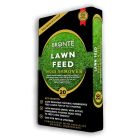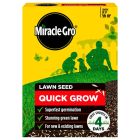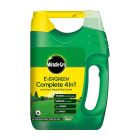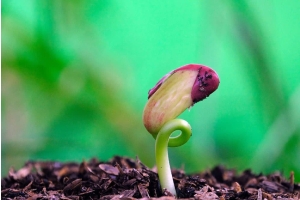When is the Best Time to Cut Your Lawn?
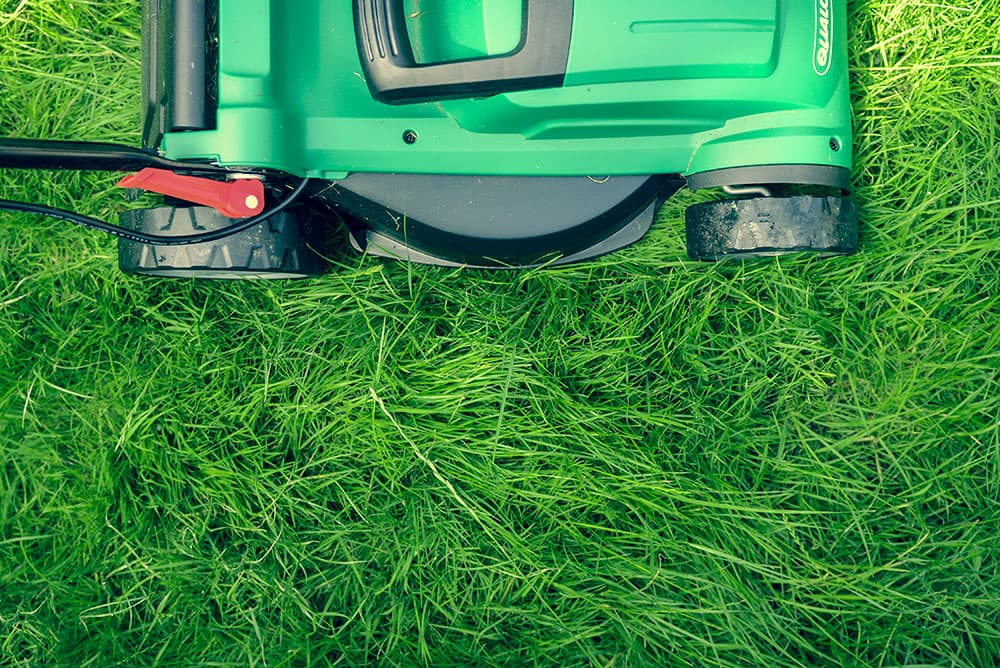
Stroll through your neighbourhood, a local park, or a grand private garden, and you'll encounter a range of lawn styles. Each offers its interpretation of outdoor beauty – from meticulously manicured turf to whimsical meadows adorned with wildflowers.
Regardless of the preferred look, every lawn eventually requires some maintenance. Master your lawn care with this article, where we’ll discuss mowing schedules, the best time of day and year to begin cutting, and how to adjust your routine to your preferred lawn style.
The Best Time to Cut Your Lawn
Although lawn mowing seems relatively straightforward, the timing of your maintenance is crucial to protecting your lawn and equipment. Read on to discover the best times to cut your lawn and why.
Preparation: Analysing Your Lawn Type
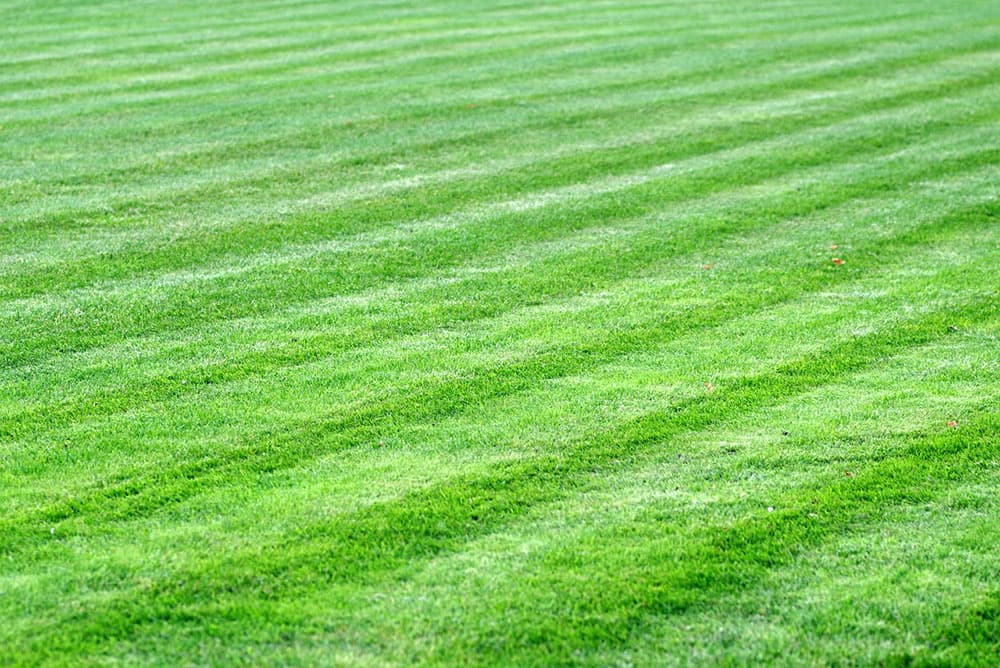
The type of lawn you aspire to can dramatically influence how often you need to mow. Explore the different lawn styles below and adapt your maintenance routine to achieve your ideal green space.
Conventional Lawn
The conventional lawn features uniform, closely mown grass that demands regular mowing, watering, and fertilising to stay pristine. Use lawn and path edging to keep everything crisp and tidy for an immaculate look.
Hardwearing Turf
Designed for durability, this lawn type is perfect for high-traffic areas, perhaps in places with constant footfall or pets roam. Regular mowing keeps the surface sturdy and even, allowing it to repair quickly from any wear and tear.
Natural Lawn
A favourite in cottage gardens, natural lawns boast a relaxed mix of grasses and wildflowers, creating a haven for wildlife. This style requires less upkeep, but if it’s getting too unruly, use a higher blade setting to preserve smaller blooms.
Shaded Lawns
Lawns in the shade of trees or buildings grow slower than their sunlit counterparts, requiring less frequent mowing. Slow down your mowing schedule in these areas to maintain a healthy lawn.
How Frequently Should You Mow Your Lawn?
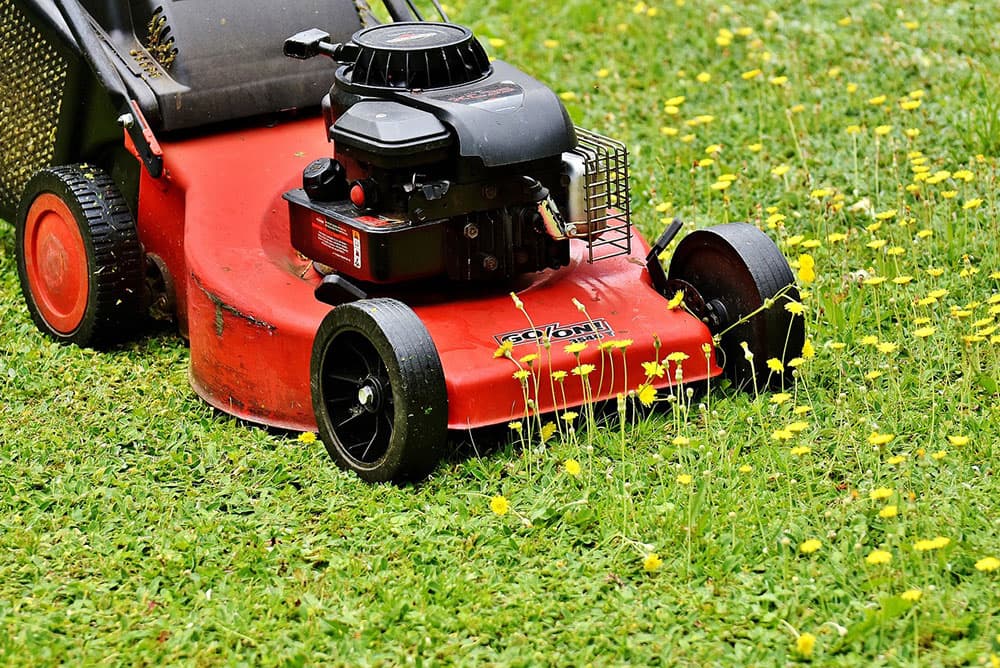
Generally, lawns should be mown weekly or fortnightly between March and October to keep them in top condition. Our seasonal lawn care tips are listed below for more details.
Lawn Mowing in Spring
The first cut of the year usually occurs in spring, around March, when the grass reaches about three inches tall. To avoid overloading your mower with clippings, set your mower blades to the highest setting for the initial mow or when cutting long grass. After this first cut, plan to mow your lawn at least once a week.
Lawn Mowing in Summer
Summer lawns come with various challenges. In sunny conditions, the grass thrives and may necessitate more frequent mowing. Yet, particularly hot spells can cause the grass to dry out and slow growth.
Adjust your mowing schedule accordingly: conventional lawns should be mowed approximately once a week, reduced to once a fortnight or less during droughts. Flower-dense lawns can be mowed every four to six weeks, while patches of long grass may only need mowing twice a year.
Lawn Mowing in Autumn
Autumn usually marks the last cut of the year. As winter approaches, we recommend increasing the height of your mower blades.
Lawn Mowing in Winter
Mowing is generally unnecessary during winter unless the weather is mild and the grass continues to grow. If so, mow occasionally using a high-cut setting. Avoid mowing if the ground is very soft, wet, or frozen.
When is the Best Time to Mow Your Lawn?
The optimal time for lawn cutting is mid-morning (8 am-10 am) when the morning damp has cleared or later in the afternoon (4 pm-6 pm). The latter ensures the lawn has time to heal before darkness sets in.
However, there is flexibility in adjusting your mowing schedule. Keep the following points in mind to maintain a healthy lawn and avoid damaging your mower:
- Never Mow Wet Grass: This includes dampness from morning dew, rain, frost, or irrigation, as it can clog and damage your mower. Cutting damp grass can also increase tears, leave visible ruts, and compact the soil.
- Avoid Mowing During High Heat: Hot temperatures can scorch and stress freshly cut grass, so it’s best to schedule mowing sessions during cooler parts of the day.
- Avoid Mowing Late in the Evening: Cutting grass too close to nightfall will not give it enough time to heal before dark, leaving it vulnerable to disease and fungal infections.
Alternative: Set Your Mower Aside
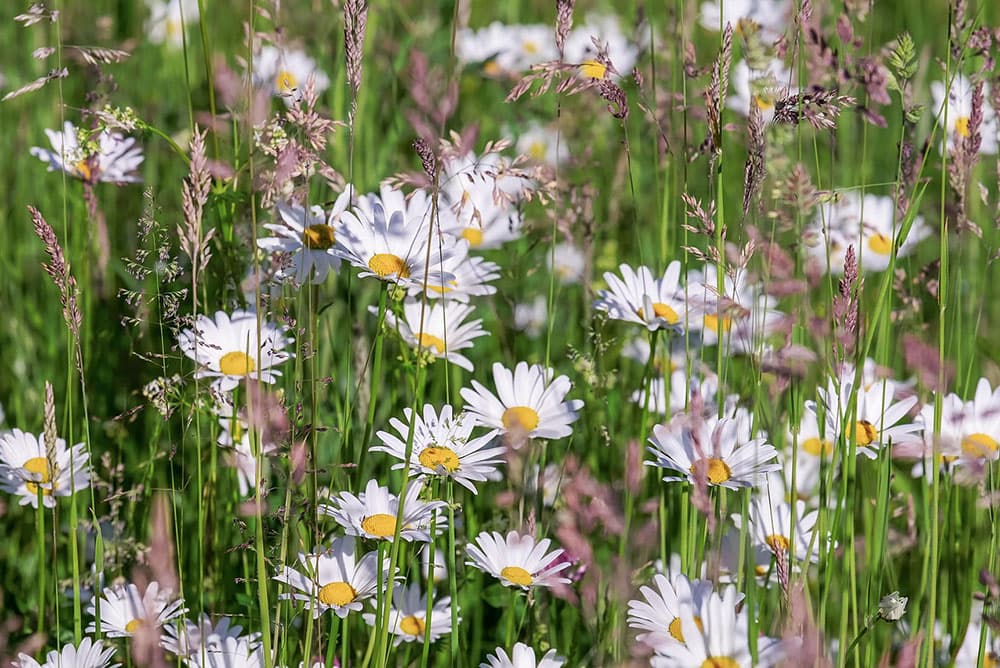
Instead of clinging to traditional mowing routines, why not embrace a wilder, more natural lawn? Let a patchwork of tall grasses and wildflowers emerge, which helps combat pollution, attracts pollinators, improves soil health, and encourages wildlife. Plus, you can use the time saved from mowing for other gardening tasks – or simply to sit back and enjoy nature’s beauty.
Tips for Creating a Natural Lawn:
- Opt for a Less Intensive Mowing Schedule: Reduce the frequency of your mowing sessions to allow your grass to grow longer than usual.
- Create Wild Patches: Allocate specific areas in your garden, such as borders or along fences, where nature can thrive without interference. The contrast of wild and manicured grasses also adds a dash of visual interest to your outdoor space.
- Participate in Conservation Campaigns: Get involved in initiatives like Plantlife's 'No Mow May' movement, promoting biodiversity by refraining from cutting your lawn throughout May.
- Adjust Mower Settings: Set your mower to a higher setting so low-growing flowers like daisies and dandelions survive the cut.
- Cultivate a Flower-rich Meadow: Transform a section of your lawn into a lush wildflower meadow. Create paths through the tall grass, inviting you to stroll among the blossoms.
Restoring a Conventional Lawn
To begin reverting your lawn to a more manicured state, inspect the area for wildlife, such as small mammals, insects, amphibians, and reptiles, that may have sought shelter in your newly created natural habitat. Carefully disturb the grass or walk through it gently to forewarn these creatures and let them escape safely.
Next, cut back the long grass using a strimmer or another suitable garden tool. Once the grass is trimmed to a manageable height, you can resume your regular mowing schedule without risking damage to your lawnmower or turf.
Acquire Lawn Care Essentials From LBS Horticulture
Now that you’ve established a suitable mowing routine, you can enhance your lawn health with our grass seed, turf fertilisers, and moss and weed control solutions. Discover our extensive product range, which is ready for nationwide delivery at competitive trade rates.
Need guidance on a specific product or project? Contact us, and our knowledgeable staff will offer tailored advice and recommendations.

